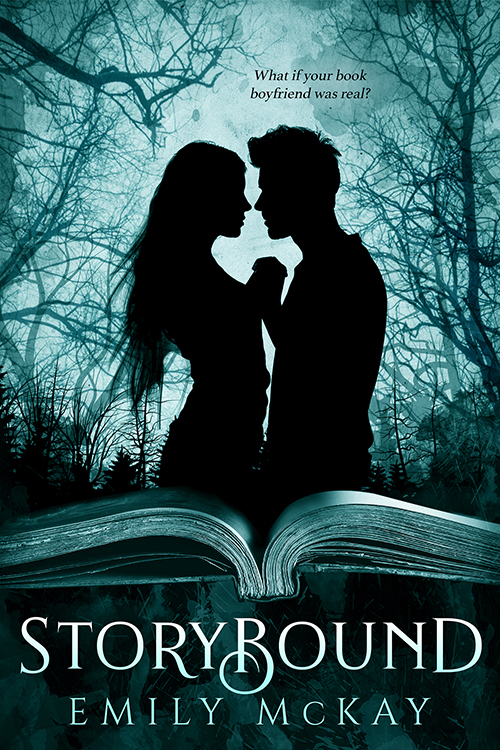 A lot of people think world building is only for fantasy and sci-fi writers.
A lot of people think world building is only for fantasy and sci-fi writers.
But in reality, world building is important for every writer. If you don’t do it well, the failure is more obvious in Sci-fi and fantasy, but whatever you write, you the world of your story to be so engaging and textured that your readers will want to come back to your world over and over again.
My newest book, Storybound, is portal fantasy. The heroine, Edie, crosses from our world into the world of her favorite series of fantasy novels. It’s a world on monsters and magic. Once she’s there, she meets the book boyfriend she’s been obsessed about for years and she even has the chance to save his life.
But I was building big worlds long before I started writing fantasy. Romance readers and mystery readers want to escape into another world just as much as fantasy readers do.
So here are my five tips to building big worlds:
- Your world serves your story. Not the other way around! – Your readers are here for the story! Give them that. All of the details of your world should be there to help you tell the story. You want to include all the details you need for the story to make sense to the reader, but no more than that.
Of course the tricky part is knowing when you have enough for it to make sense to the reader. That’s where you need beta readers and editors, etc.
Think about the paintings that can magically talk in Harry Potter. That’s a bit of world building that is in each of the books. And she uses it over and over again. From the portrait of the fat lady who guards the door to the common room, to the portraits of the headmasters in Dumbledor’s office that move from portrait to the portrait and report back to him about things that happen in St. Mungo’s and at headquarters of the Order of the Phoenix.
It’s a super nifty bit of magic. And if I have to guess, J,K. Rowling has an idea in her mind of how it works. But we never know how it works. We never see that magic being done. Because that’s never important to the story.
There are bits of magic we know more about. For example, we know that to cast a patronus charm you have to pull on a good memory.
We know that to an unforgivable curse you have to really want to do harm to another. In both of those cases, it is important to the actual plot that we know how those spells work. So she tells us. - Create a window character. – A window character is a character who is enough like the reader that the character’s exposure to the new world allows the reader to experience the world of the story through their eyes. This trick is especially important when your story world is very different from the reader’s regular world. For example, in the Lord of the Rings, Frodo knows the world of the Shire, but he is mostly unfamiliar with the world beyond that. He is our window into the world. The same is true with Harry Potter. Even though he belongs in that world, he was raised a muggle, so we see the wizzarding world for the first time through his eyes. A window character allows the reader to see the world of the story with wonder and excitement. And fear as well. In my novel, Storybound, the main character is Edie, a seventeen-year-old human girl who accidentally stumbles into the world of her favorite fantasy book series. While there are a lot of things she knows about the world, she is still experiencing it for the first time. Sometimes, this trick is important in straight fiction as well, if the world of the story is dramatically different from the reader’s ordinary world. If your romance novel takes place in the high stakes world of espionage and your heroine is an ordinary woman who gets swept into that world by accident, you’ve got a great window character built right in!
- Create a correlation—in your own mind—between things in the real world and in your fantasy world. Every element of the world you’re building will be more real to you—and therefore more real to the reader—if it represents something else in the real world. Something you have an emotional connection to. For example, J. K. Rowling has said numerous times that when she was writing the dementors, she imagined them as the embodiment of depression. Everything about them is more real, more powerful, more vivid because, to her they represent something in our world that had a powerful impact on her life. In my book, Storybound, the bad guys are creatures called Sleekers, who guard the boundaries between their world and ours. I wanted to tap into modern urban legends, so I modeled them after the mythology of the Slenderman, a monster who is almost elegant, but can snatch children and take them home to his world. Despite pulling on this terrifying modern mythology, he just want’s scary to me. And he didn’t become scary to me until I reached a scene in the book where I realized he reminded me of a particular congressman I don’t like. A politician whose adherence to dogma over compassion I find chilling. My fear of totalitarian rule without compassion is what makes Smyth terrifying to Edie and to the reader. Just like J.k. Rowling’s experience with depression informed her creation of the dementors. Long story short, if you want your readers to be afraid, you have to be afraid. And since you know your monsters aren’t real, you need to find a way to make them real to you. So what do they represent to you. Your reader never has to know. But you have to know.
I’m always looking for more worlds to get lost in. So tell me: what writers do you think do an amazing job at worldbuilding?
I will pick one person who answers to win a special Storybound prize pack, including: signed copy of Tracy Wolff’s Crave, a $20 amazon gift card, and a cool Farm backpack!



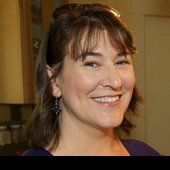






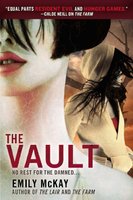
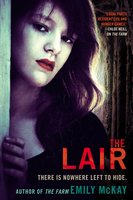
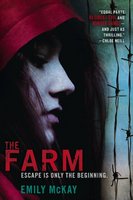
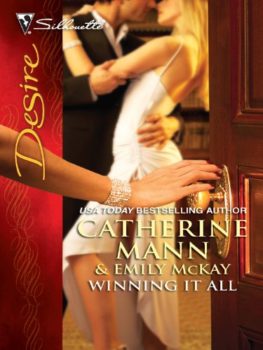
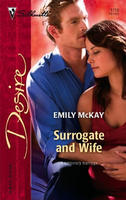
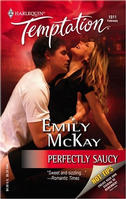
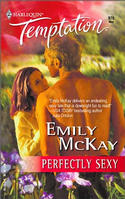
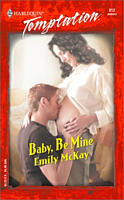
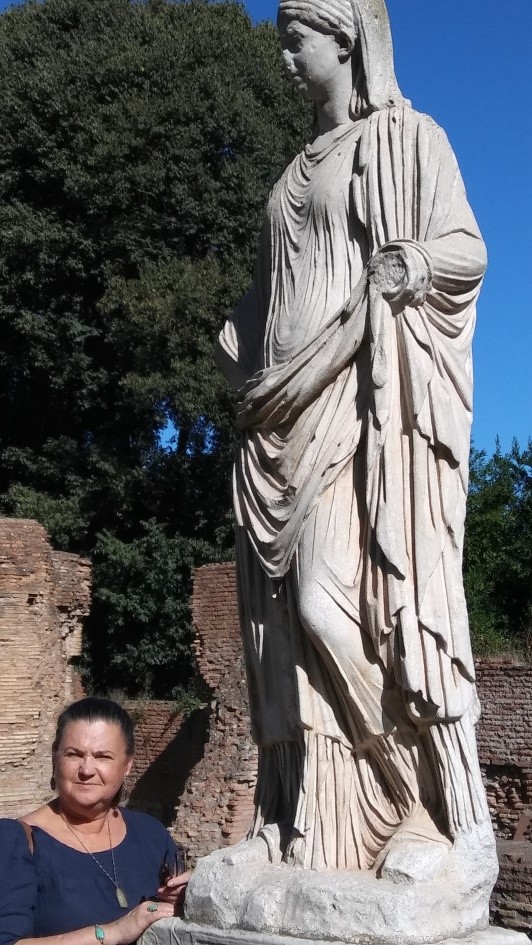
JR Ward
Nancy Scanlon, Diana Gabaldon and Katherine Lowry Logan and wrtie amazing time trave lromances.
Sorry, my computer keys keep sticking.
Lol …. that happened to me all the time on my previous computer. So frustrating!
I’ve never even heart of Nancy Scanlon or Katherine Lowry Logan. I can’t wait to look them up!
some of the ones i’ve enjoyed & recommend: Alexandra Ivy-Guardians of Eternity series; Larissa Ione-Demonica series; Thea Harrison-Elder series; Bec McMasters-London Steampunk series; Shelly Laurenston-Pride/Badger series (also writes as GA Aiken-Dragon Kin); Bianca D’Arc-multiple series in same world
Love Shelly Lairenston!
I don’t think I’ve read any of those authors! Which is so exciting to find new authors to love!!!!
A few favorites at world building–Meljean Brooks/Milla Vane and Nalini Singh. For contemporary, Erin Nicholas, Kimberly Kincaid, Julie James… All of them have written books so engrossing that I want to move there 🙂
❤️❤️ Nalini Singh, especially her Guild Hunter series.
I loved that you used J.K. Rowling as an example! As a huge Harry Potter fan, I can appreciate the intricacy of her world building and how everything worked to make you as the reader feel that you were transported to the Wizarding world. Another author I think does an amazing job at world building is Chloe Neill. I absolutely adored her Chicagoland Vampire series! Of course, there’s also some of my all-time favorite authors, Patricia Briggs, Ilona Andrews, Colleen Houck, Rick Riordan – the list goes on forever. Thank you so much for sharing your wonderful tips on world building 😊
I am currently re-reading Patricia Briggs.
Oh, I love the Chicagoland Vampire series!!!! Great books!
And I keep meaning to read Ilona Andrews, because I’ve heard amazing things about them!
Lisa Kessler does an amazing job at creating worlds and writing books that you lose yourself to. Her Muse Chronicles series is my favorite.